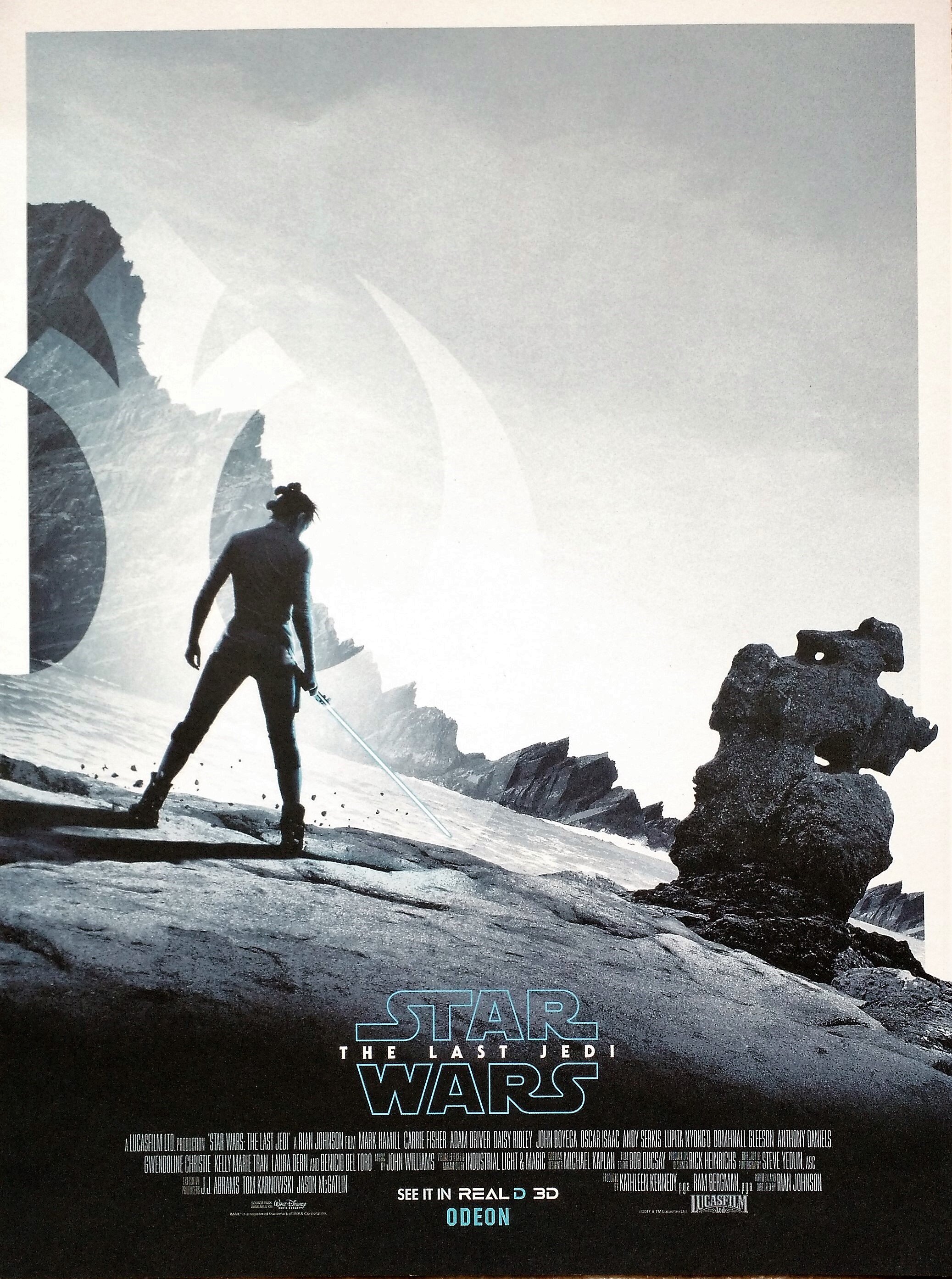The final installment of the Star Wars sequel trilogy produced under the auspices of Disney is finally out. As I’m writing this on 18 December 2019, the early reviews and the critics’ reactions to the Rise of Skywalker have been lukewarm or mixed. There is utter regret for what could have been, palpable disappointment for how the clunky plot of the sequel trilogy has been mishandled, and sheer sadness over the misuse (some would say abuse) of the legacy characters.
In hindsight, this is a result that’s been seven years in the making. The unwise decision to discard the pre-Disney lore material which antagonized the core audience, a baffling marketing strategy to target global audiences who did not experience Star Wars in the 1970s and thus have no affective attachment to the saga (e.g., China), a cheap dilution of the franchise through marginal side quests explored in anthology movies, theme parks attractions that inexplicably disregarded the original films, poor top-down communication skills, the sore lack of leadership skills, and the indifference towards the development of a road map have been - to put it mildly - bewildering [1]. The urgency to deliver and make a profit after the company’s acquisition of Lucasfilm in 2012 for $4.05 billion has led to an astonishing series of rushed and inappropriate business decisions, and I think that many, if not all, of them are connected to the lack of knowledge and insight about what the DNA of Star Wars really is.
Read more



